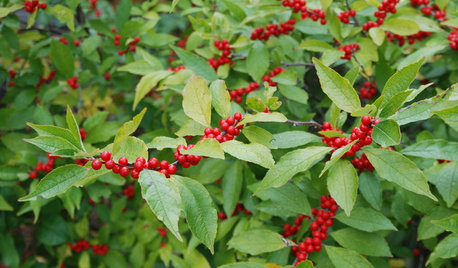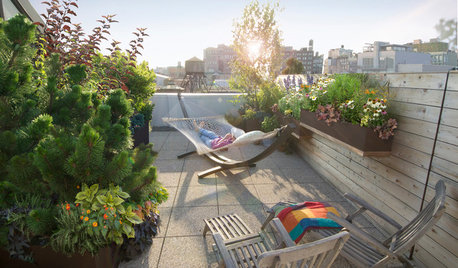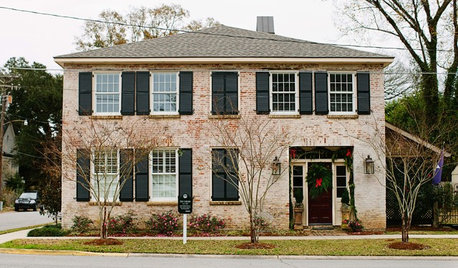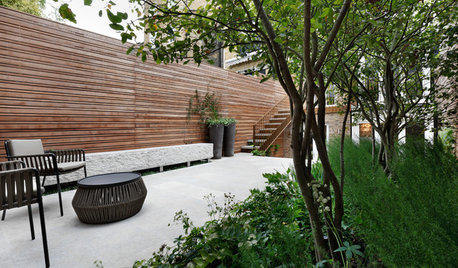Different shades of grass where trees once were
garden_grammie
11 years ago
Related Stories

GARDENING GUIDES10 Top California Native Plants, Trees and Grasses
Enjoy a fuss-free, water-wise garden in the Golden State by growing plants naturally in tune with the climate and wildlife
Full Story
WINTER GARDENINGFire and Ice: 8 Plants That Blaze Once Frost Hits
Not everything in the garden sleeps in the cold — these plants rise and shine in fall and winter, bringing bright color to beat the blahs
Full Story
TRANSITIONAL HOMESHouzz Tour: Smart New Look for a Once-Faded Beauty
Homeowners fall in love with a 1939 Colonial Revival house in Baton Rouge, Louisiana, and bring it back to life
Full Story
LANDSCAPE DESIGN7 Great Trees for Summer Shade and Fall Color
These landscape-pro faves straddle the seasons beautifully. Could one enhance your own yard?
Full Story
REMODELING GUIDESWhere to Splurge, Where to Save in Your Remodel
Learn how to balance your budget and set priorities to get the home features you want with the least compromise
Full Story
EXTERIORSWhere Front Yards Collide: Property Lines in Pictures
Some could be twins; others channel the Odd Couple. You may never look at property boundaries the same way again
Full Story
LIFEHouzz Call: Where (and What) Are You Reading This Summer?
Whether you favor contemporary, classic or beach reads, do the long and lazy days of summer bring out the lit lover in you?
Full Story
URBAN GARDENSOnce a Barren Rooftop, Now a Serene City Getaway
An outdoor shower and dining area atop a Manhattan penthouse? Stop rubbing your eyes and start checking it out
Full Story
HOUZZ TOURSMy Houzz: Once a Rebel Capitol, Now a Storied Home
Painstaking work turns an 1809 building with many past lives into a homey, inviting residence for a Louisiana couple
Full Story
URBAN GARDENSIn London, a Crowded Patch of Grass Becomes a Patio for Entertaining
A chic combo of wood siding, clever plantings and lots of elegant sandstone transforms a plain garden into a stylish space
Full StoryMore Discussions






tiemco
texas_weed
Related Professionals
Rossville Landscape Architects & Landscape Designers · Surprise Landscape Contractors · Camp Verde Landscape Contractors · Coeur d'Alene Landscape Contractors · Cornelius Landscape Contractors · Fishers Landscape Contractors · Melrose Landscape Contractors · Midland Landscape Contractors · Morrisville Landscape Contractors · Parker Landscape Contractors · San Pedro Landscape Contractors · San Rafael Landscape Contractors · Suisun City Landscape Contractors · Eastvale Swimming Pool Builders · Fair Oaks Swimming Pool Buildersgarden_grammieOriginal Author
tiemco
ZoysiaSod
dchall_san_antonio